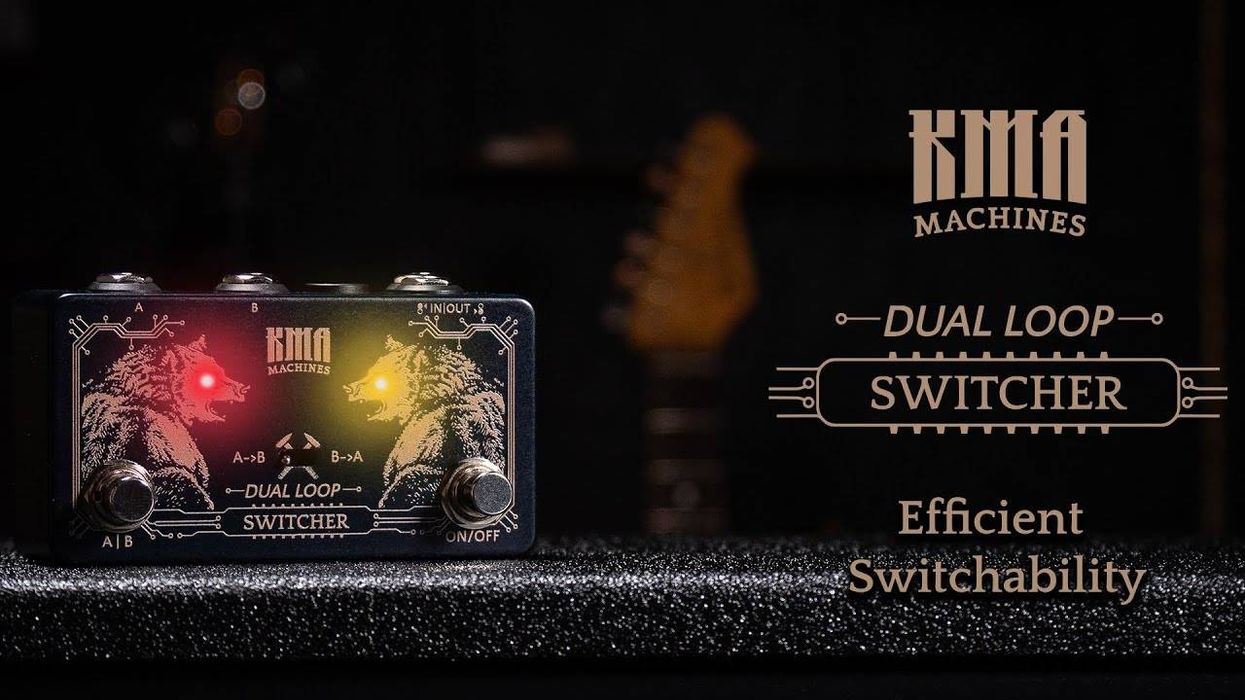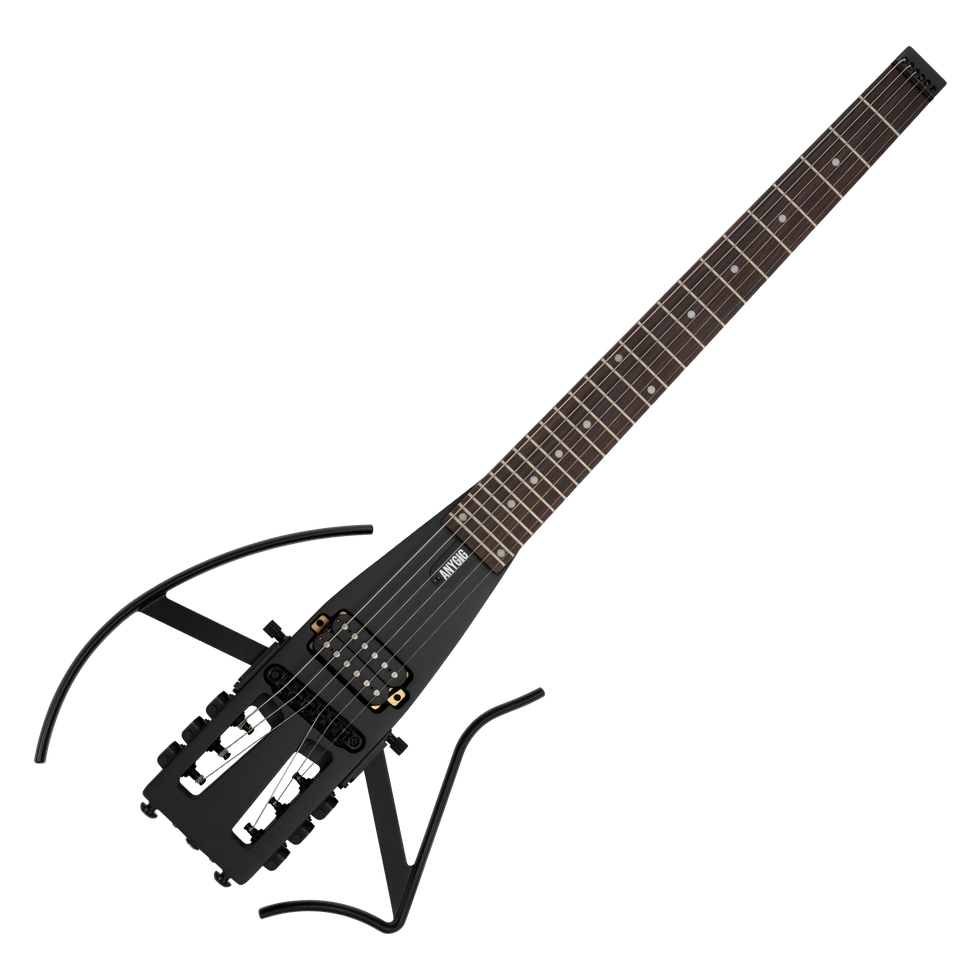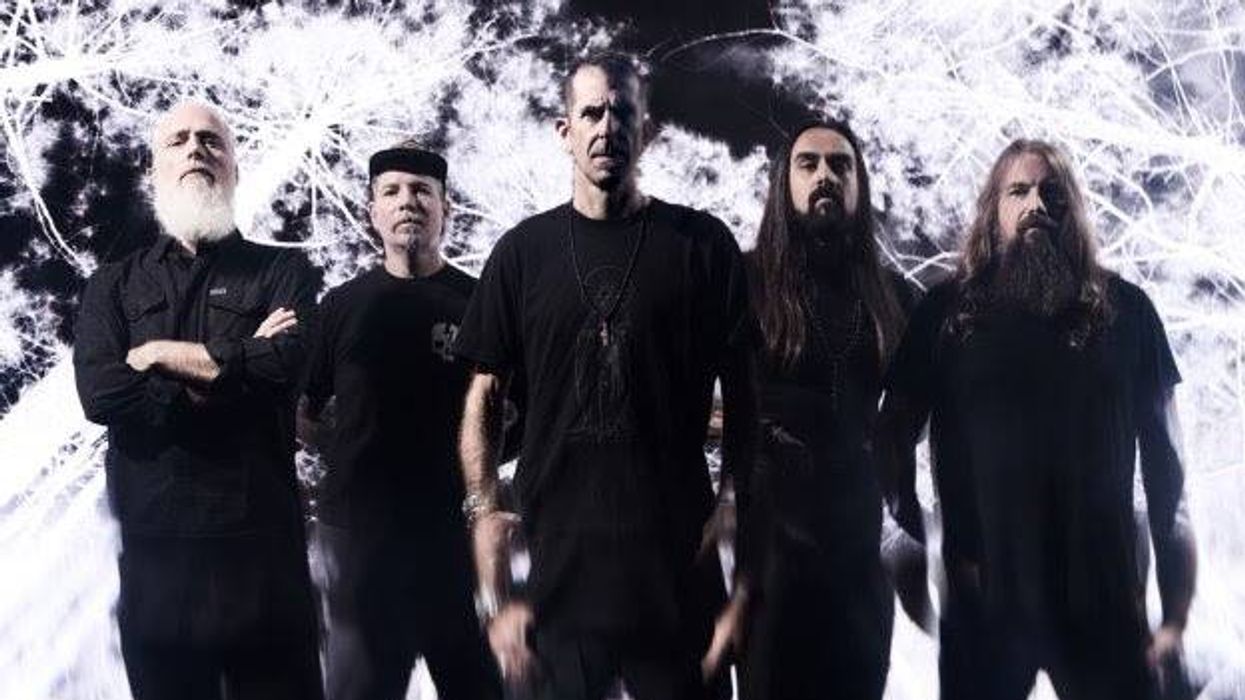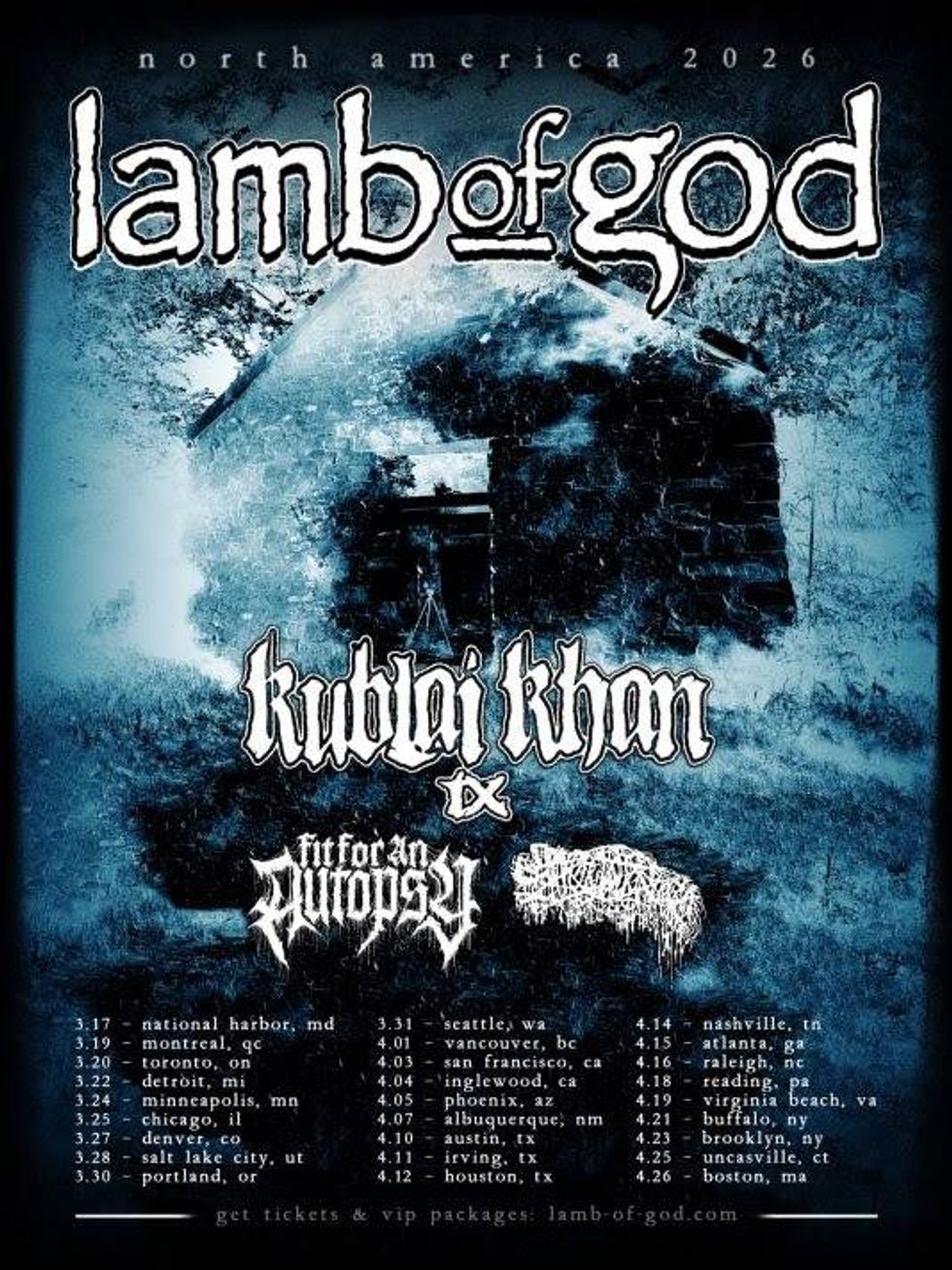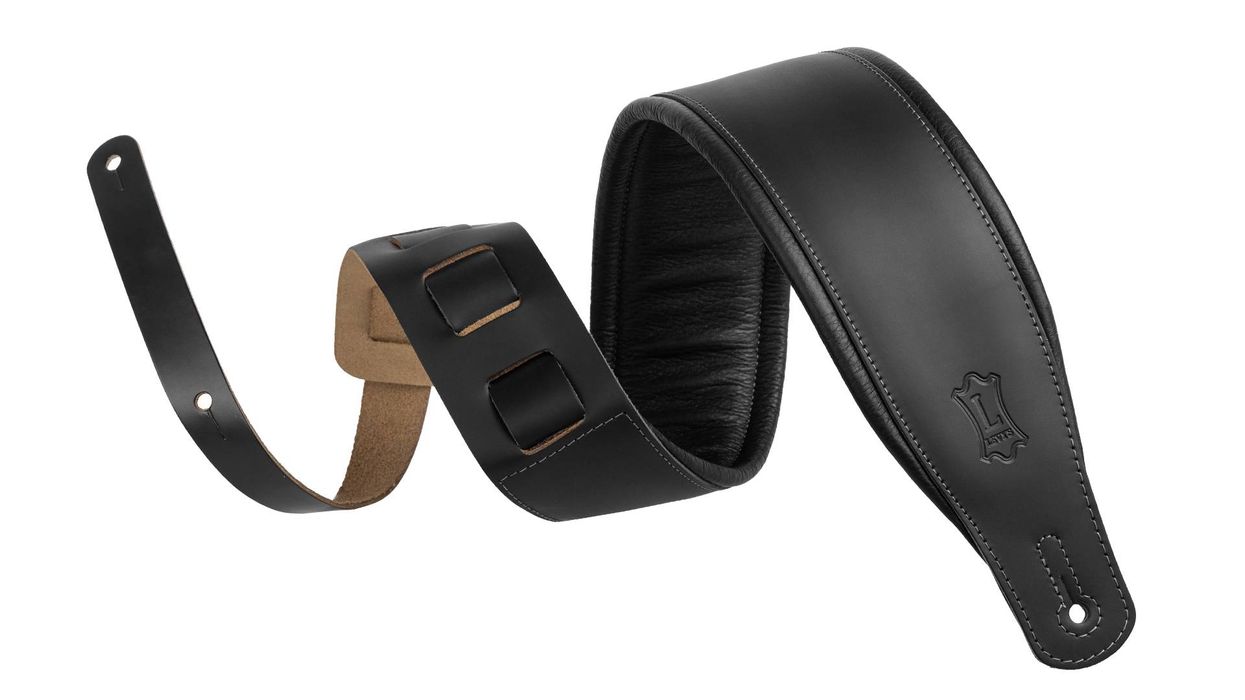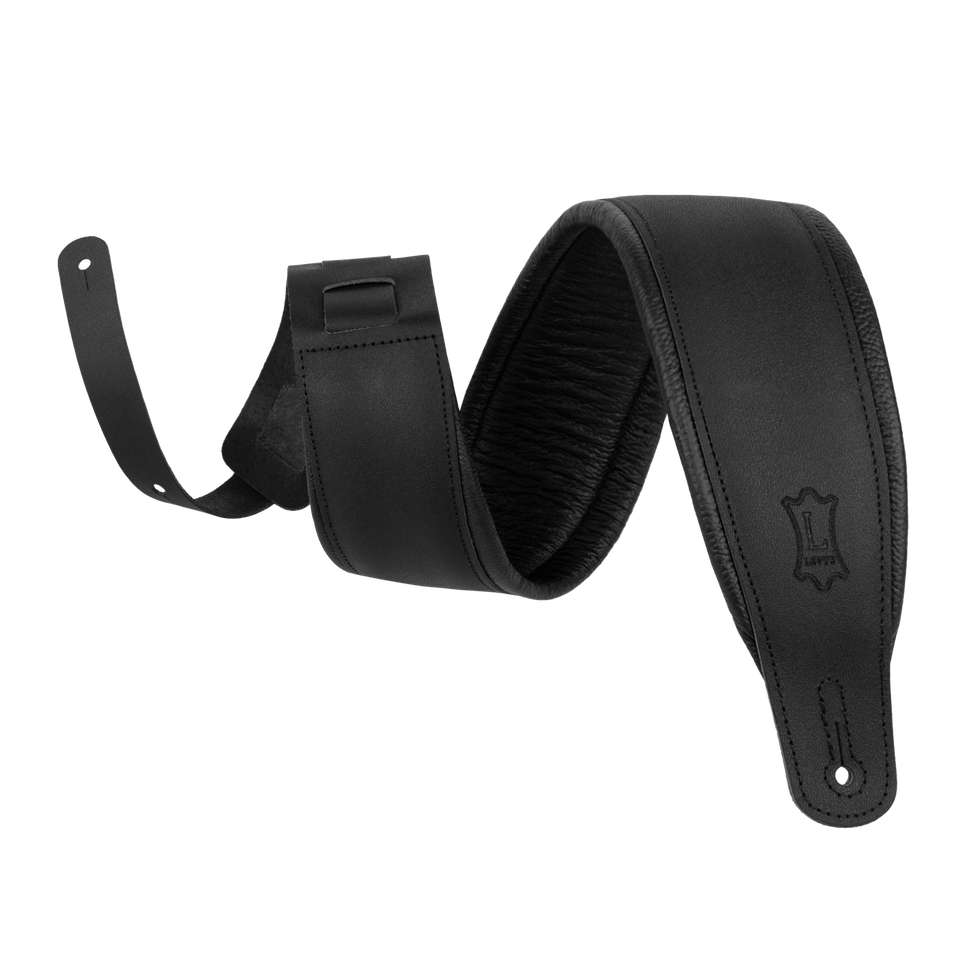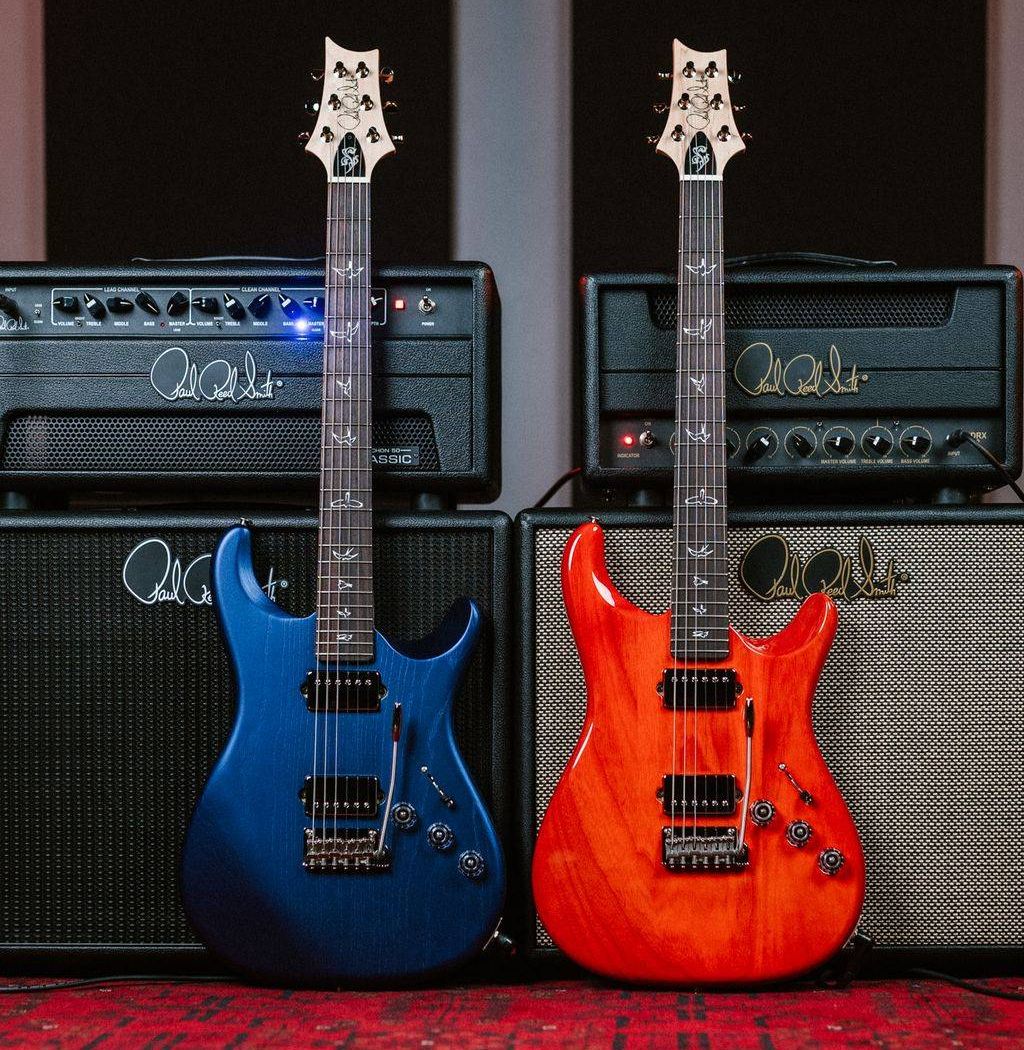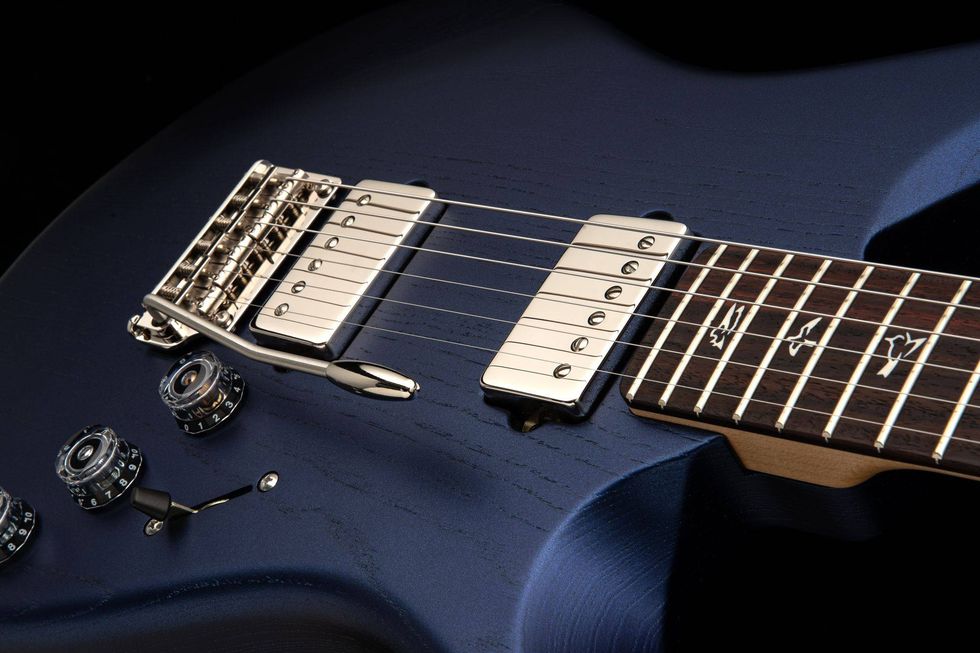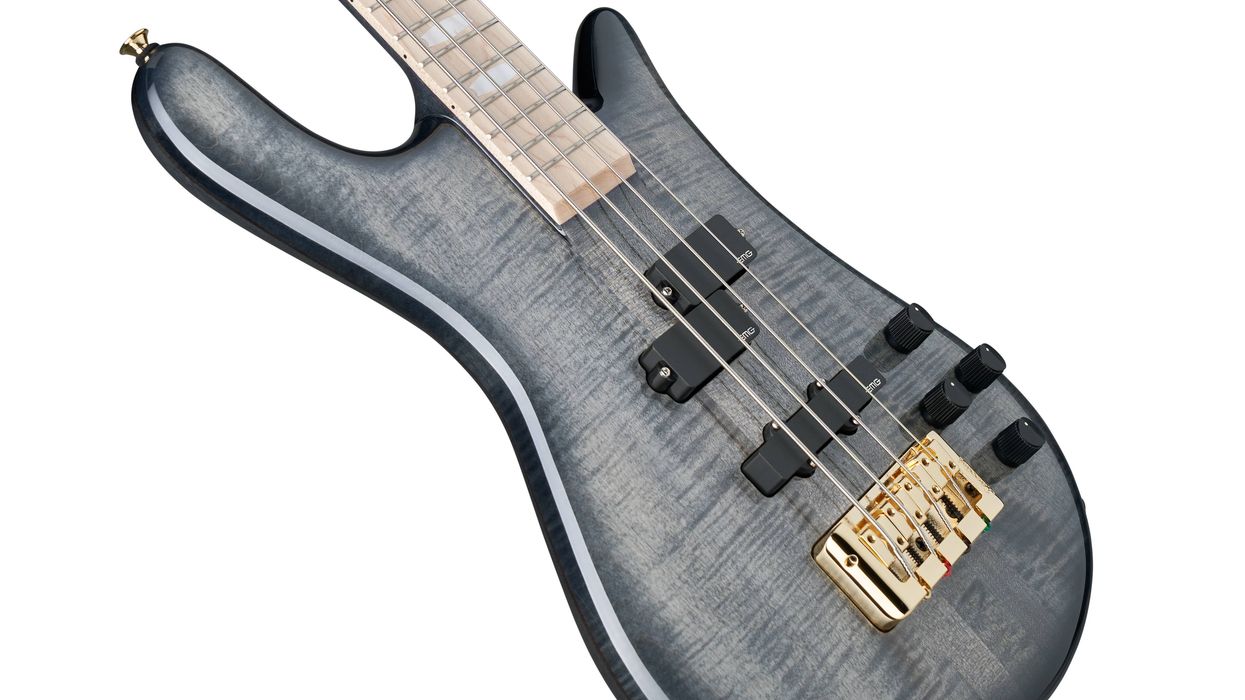Handcrafted in the USA, the JEL-50 features 50 watts of all-tube power, two channels, and a transparent effects loop. The JEL-212 Cab is loaded with Celestion Creamback speakers.
Jake E. Lee ranks high on the shortlist of influential gunslinger guitarists that emerged as the heroes of a new generation in the early ‘80s. Best known for the burning guitar work and innovative songwriting, Lee contributed to two of Ozzy Osbourne's most revered albums, 1983’s Bark at the Moon and 1986’s Ultimate Sin.
With Ozzy, his post-Ozzy band, Badlands and most recently, with his own group, Red Dragon Cartel, Lee’s playing embraced the athleticism of the ‘80s while remaining firmly rooted in the hard rock fundamentals of the ‘70s. Jake’s tonal choices provide the evolutionary glue between the sonics of those two great eras. Jake E Lee and Dave Friedman combined their legendary ears and talents to create the new Friedman JEL-50, a signature amplifier that offers Lee’s ultimate tones in a boutique hand-wired package.
In Lee’s own words, “this amp puts the two specific tones I use to create my sound in one head: The sweetness and warmth of a classic Plexi and the more aggressive slant of the master volume amps of the ‘80s -- all tweaked to my taste. Dave has an innate understanding of where I’m coming from as a player and we’re alike in the way we hear tones. Dave doesn’t hear things as a technician, he hears things like a musician, and that made him really easy to work with. I grew up in the ‘70s and those muscular, articulate rock tones were the tones I always sought, but I made a name for myself in the ‘80s when you needed a little more aggression and a little more scream. I’ve always tried to retain a little of that ‘70s heart and I still do, and that’s what this amp does -- though it’s got plenty more on tap if you need it!”
The JEL-50 was specifically designed to take pedals well especially boosts, ODs, phasers, flangers, tremolos, and wahs. The ultra-transparent buffered, series effects loop takes time-based effects pedals and rack units equally well. This is the exact same FX loop Friedman uses on all its amplifiers including the legendary BE-100. The head cabinet features beautiful red tolex, white piping and solid Baltic Birch construction.
SPECIFICATIONS
- 50-Watt all-tube head
- Two channels
- Handwired in the USA
- Custom USA made transformers
- 2 x EL34 power tubes
- 3 x 12AX7 preamp tubes
- JEL channel - Gain, Master, 3-way Bright switch
- JEL Channel Hi/Lo (Push pull gain switch)
- Plexi channel - Gain, Volume, 3 way Bright Switch
- EQ- Bass, Middle, Treble shared with Ch1 and CH2
- Ultra-transparent series effects loop
- Thump knob - ( Rear ) Varies lowered response of the amps power section
- Presence - ( Rear) Varies high end content of the amps power section
- Single button foot switch for channel selections
- 4, 8 and 16 ohm Impedance jacks
- Limited Lifetime Warranty
- Dimensions: 8.75″ (D) x 24″ (W) x 10″ (H)
- Weight: 33.5 lbs
2x12” Celestion Creamback Loaded Extension Cab
The Friedman JEL 2x12” is a rear ported closed-back extension cabinet which utilizes tongue and groove Baltic Birch construction to deliver the bass, mid response and great sound you would expect from a Friedman cab. The JEL 212 Cab features red tolex, white piping and black grille cloth, designed to cosmetically match the Friedman Signature Jake E Lee heads.
At the heart of the cab is a Celestion G12M-65 Creamback 16 Ohm speaker. The G12M Creamback is perhaps the definitive vintage Celestion ceramic magnet guitar speaker. Developed in the mid-sixties, it was quickly adopted by players like Hendrix, Beck and Page, who typified the louder and more aggressive blues-rock playing styles that came to characterize that era. The higher power handling G12M-65 Creamback used in the JEL 1x12 produces that familiar woody tone, making it ideally suited when both vintage and modern tones are desired. The increased power handling brings with-it low-end grunt complementing the warm and vocal mid-range, crunchy upper mids and sweet, refined highs.
As with all Friedman cabinets, oversized 12-gauge speaker wire is soldered between the speaker and terminal, assuring you capture every ounce of valuable tone. This compact monster not only excels in the studio, but the perfect compliment to your stage rig. The Friedman JEL-212 Cab is handcrafted with pride in the U.S.A. and designed to withstand the rigors of the road.
SPECIFICATIONS
- Hand crafted in USA
- Cosmetics to match the Jake E Lee Signature Heads
- 2 x Celestion G12M-65 12" Creamback Speakers
- Nominal impedance - 8 Ohms
- Closed back -rear ported cabinet design
- Limited lifetime warranty
- Dimensions: 12" (D) x 30" (W) x 20.75" (H)
- Weight: 58 lbs.
The Friedman JEL-50 Head carries a street price of $2999.99 and the JEL-212 Cabinet carries a street price of $999.99.
For more information, please visit friedmanamplification.com





